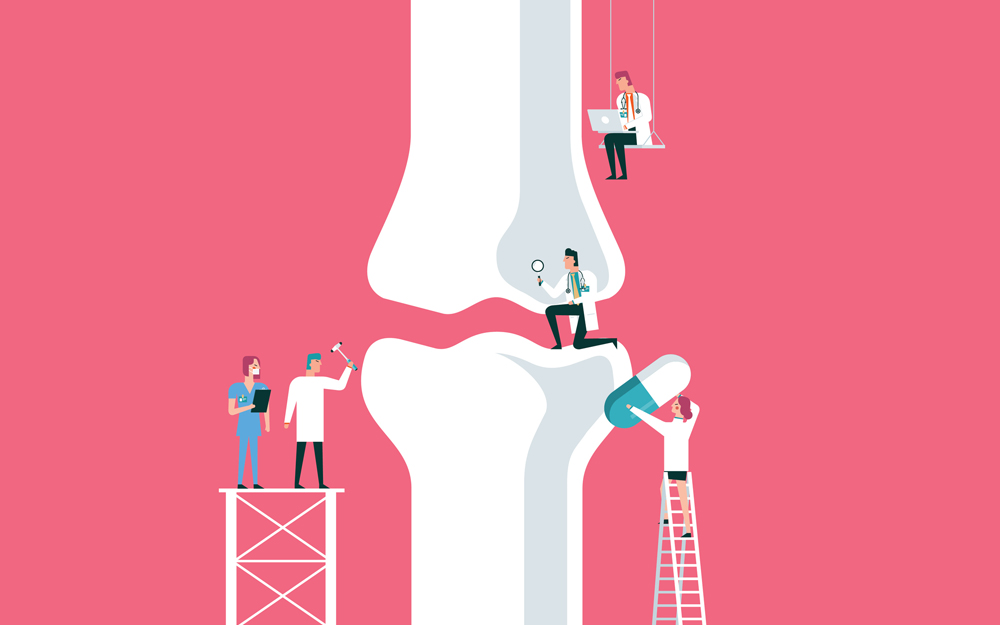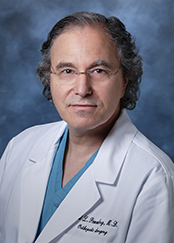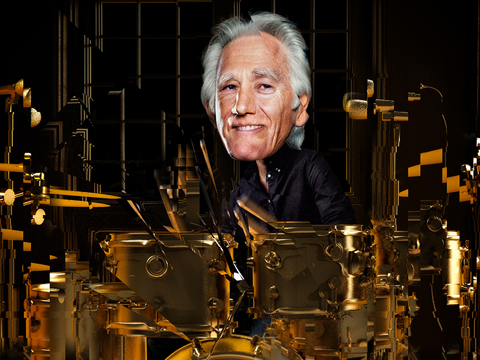Discoveries
Maximizing Mobility
Feb 15, 2021 Cedars-Sinai Staff


Severe arthritis in degenerated joints can cause as much pain and disability as a hip or knee fracture, says Cedars-Sinai orthopaedic surgeon Brad Penenberg, MD. Penenberg, a joint replacement specialist, holds numerous patents on minimally invasive techniques for improving hip and knee replacement surgery, is performing an increasing number of these procedures on patients in their 80s and 90s—many of whom have a "fit mindset" despite their aching joints and advanced age.
Here are a few of the recent advances in hip and knee replacement surgery that are helping older patients undergo surgery with reduced risk and lead more active lives:
- Using targeted regional anesthesia during surgery can reduce the risk of side effects associated with older anesthesia techniques. This is of particular value in older patients—especially those with underlying conditions such as heart and lung disease. Selective, carefully administered local anesthetic also assuages pain, reducing the need for opiates following surgery.
- A medication called tranexamic acid reduces bleeding during and after surgery, which means less postoperative swelling and pain, lower risk of anemia and of sudden reduced blood pressure, and a safer, faster recovery. Vascular mapping, especially in knees, is also used to identify where bleeding is likely to occur so it can be better controlled during surgery.
- Computer-guided robotic technology improves accuracy in positioning and aligning implants to more reliably restore joint function.
- Smaller incisions and reduced surgical trauma to surrounding tissues minimize the impact of procedures on muscles and tendons. This can reduce pain, preserve function and help reduce the need for pain medicine while accelerating recovery.
Just a decade ago, surgical options were limited for people like 77-year-old drummer Denny Seiwell, who came to Cedars-Sinai with a life-threatening aortic aneurysm. But advances in minimally invasive techniques are making major operations safer.




